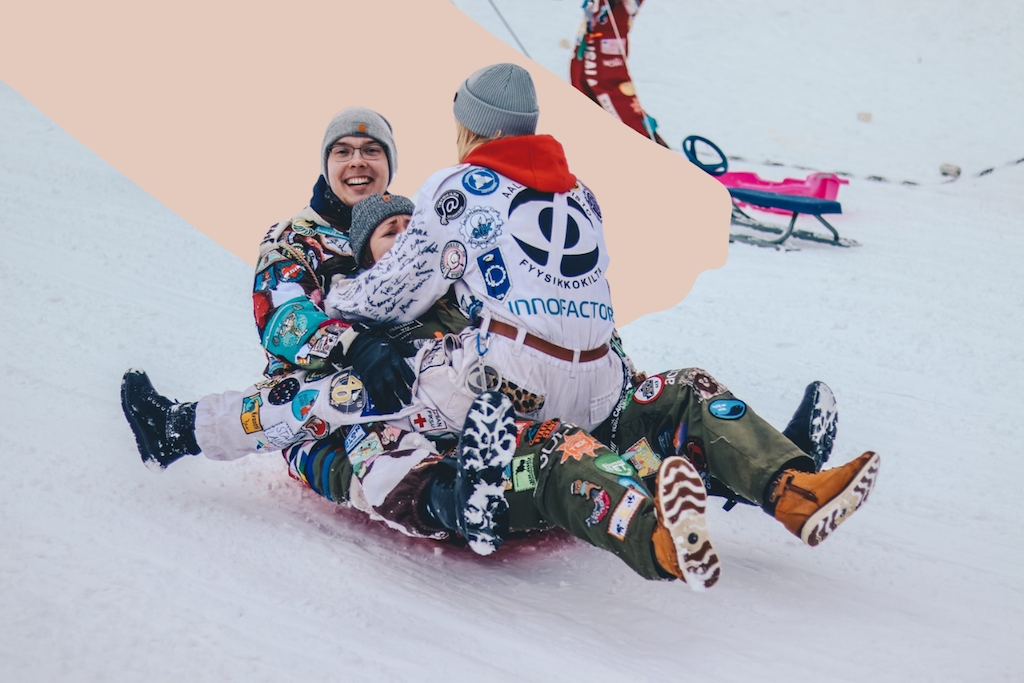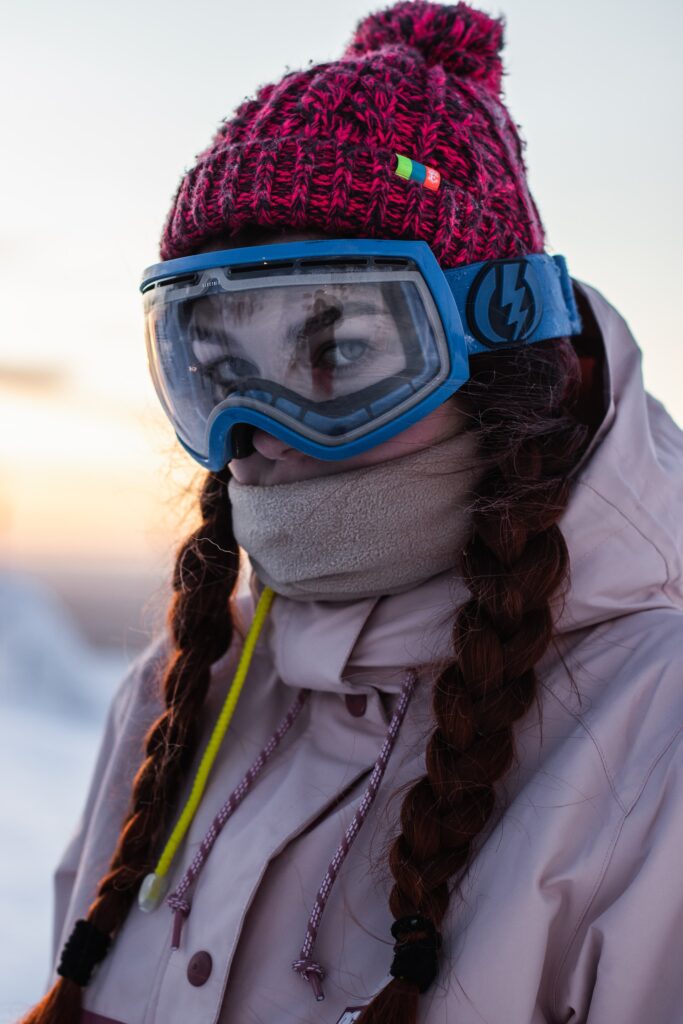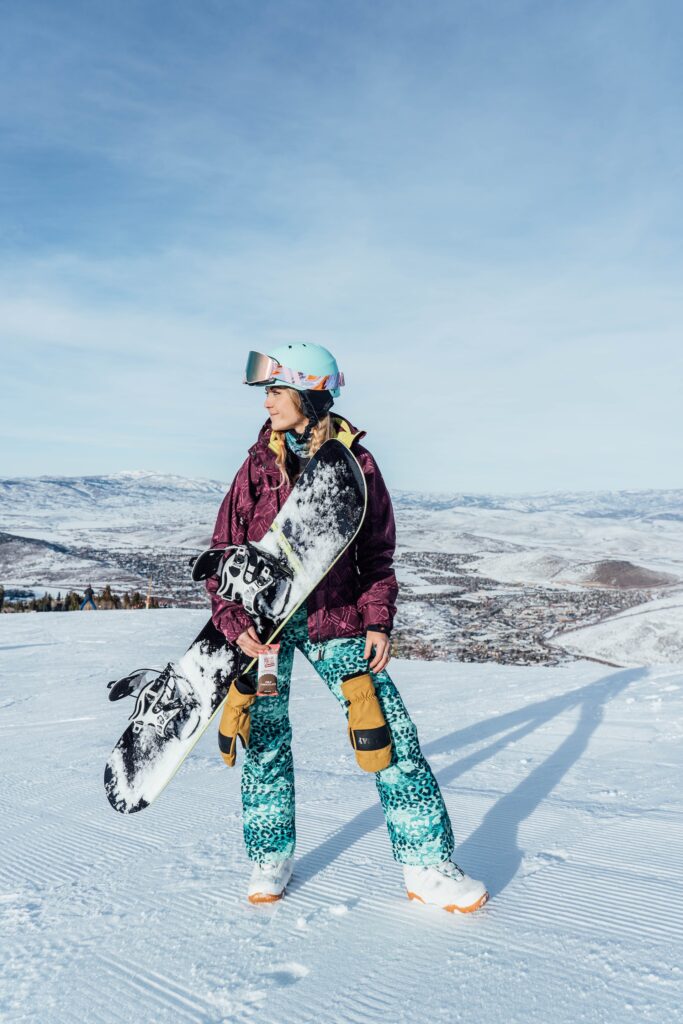Sending your little one hurtling down a mountain might sound the definition of craziness.
However, when it comes to ski trips – this is exactly what happens.
The best thing is that families keep coming back for more. Year on year, the same families hit the mountains and enjoy everything that the winter getaway has to throw at them.
Of course, when dealing with little people, a few more considerations have to enter the picture. Today, we’ll take a look at some of the key factors you should bear in mind if you are heading off to the slopes in the near future.
You Will Need Lessons
One of the biggest mistakes that beginner skiers make is choosing to feel their own way at first or learn from a loved one, rather than paying for a trained ski instructor to show them the ropes.
Unless you happen to be a skiing instructor yourself, we’d almost always suggest that you invest in lessons for the family.
Again, the thought of leaving small children alone on a snowy mountain sounds utterly ludicrous when you first do it. However, once again, this is the norm for the slopes. Thousands of parents do it each year and what’s more, the kids love it.
Learning in a group environment is the most efficient way for kids to take to the sport. They’ll pick up the basics quicker than most adults and, before long, you’ll see them zigzagging down the slopes with their fellow young skiers.

Special Safety Equipment
When gearing up children for skiing, it’s crucial to consider their safety and comfort. Equip them with the following special safety gear:
- Ski Helmet: This is the most important safety gear. Ensure it meets the necessary safety standards and fits correctly to protect from concussions and other head injuries.
- Ski Goggles: Ski goggles are crucial for protecting the eyes from snow, ice, wind, and sun. If a child needs prescription glasses, consider getting prescription ski goggles or prescription sport glasses. They are usually designed in a way that can accommodate regular eyeglasses or have a prescription lens directly incorporated.
- Ski Suit: This should be waterproof, insulated, and breathable. It will keep children warm and dry and protect them from hypothermia.
- Ski Gloves or Mittens: These should also be waterproof, insulated, and breathable. Apart from keeping the hands warm, they provide some protection in falls.
- Neck Gaiter: This will protect the neck area from cold and can be pulled up to protect the face in stormy weather.
- Ski Socks: These should be padded for comfort and thermal regulation. Avoid cotton as it retains moisture; instead, go for a wool or synthetic blend.
- Knee and Elbow Pads: These are especially important for beginners who fall frequently, and they help protect from fractures and sprains.
- Wrist Guards: They add an extra layer of safety, especially for those learning snowboarding, to prevent wrist fractures and sprains if a fall occurs.
- Sunscreen: Skiing often exposes children to reflected sunlight which can result in sunburns. Use broad-spectrum sunscreen to protect their skin and lip balm for their lips.
- Avalanche Safety Equipment: For older children skiing in off-piste areas, safety equipment such as an avalanche transceiver, shovel, and probe are essential.


Assess The Conditions
If you’ve been visiting the mountains for years, there’s a chance that your kids will know how to handle each and every condition that the elements throw at them. If not, it’s time to read on.
If there hasn’t been much snow, ice can form and this can be treacherous and difficult to ski on. We would recommend looking at the snow forecast from Piste Pro before starting your day – just to make sure that things aren’t going to get too tricky (and ultimately, off-putting).
This Isn’t Just A Skiing Holiday
Skiing resorts are full of everything. Gone are the days where they were just a lift; they offer attractions for all the family (including, non-skiers). As such, make sure you make the most of them.
A lot of families will ski in the morning, before making the most of the other activities in the afternoon. They might swim (in indoor and sometimes outdoor pools!), dine at the umpteen restaurants, hit the snow parks or even watch a movie at the cinema. There are plenty of options and it can create a great all-round getaway. And once the kids are in bed, save a little extra energy so you can enjoy the best part of the apres-ski; the partying!

Be Wary Of Tiredness
Skiing can exhaust even the fittest of us. The adrenaline and enjoyment that the slopes provide mean that we don’t even realise that our bodies are utterly exhausted several hours in.
Clearly, this is even more impactful for small legs. This is where you need to watch out for the warning signs and ensure you’re all off the slopes before things get too tiring. Again, there are plenty of relaxing attractions to turn to, so there’s no need to be stuck on the slopes if your body has had enough.
Exercise Regularly Before Your Ski Trip
Because of this tiredness, it’s a good idea that the whole family enjoys regular exercise together in the months leading up to the trip.
Although people of all fitness levels can hit the slopes with confidence, it’s certainly preferable that you get in good shape before embarking on your first skiing adventure. Your overall health and fitness plays a pivotal role in determining how fast you can learn skiing. Regular cardiovascular exercise combined with yoga should be enough to prepare you for the ski season; it’s flexibility and fitness which will see you right on the slopes.
Pack Your Bag With Nutrition & Hydration
Just like any other sport, skiing demands a lot of physical energy. Without proper nutrition, you might not be able to fully enjoy the thrill of skiing. So, pack your bags with nutritious snacks and drinks that will provide you with energy and keep you hydrated throughout the day. You wouldn’t want to find yourself short on energy and facing a long way down, that’s for sure.
Check out these 5 of the best budget-friendly skiing-holidays in Eastern Europe for some inspiration on your next snowy destination!





